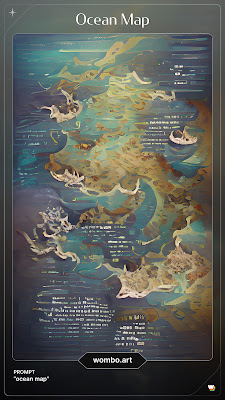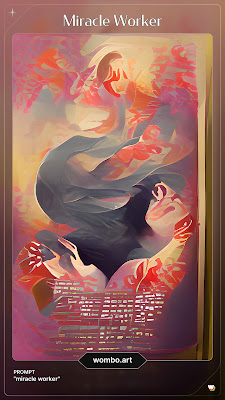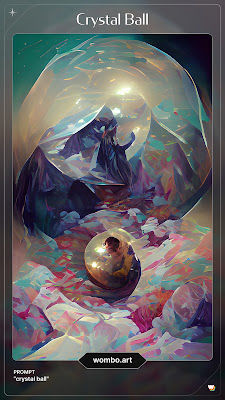If your game uses inventory slots, like Knave, you’re good, because everything is a choice. Even a magic item that is stronger than anything you already have compels a decision: what to drop to make room?
If your game is level-less, like Electric Bastionland, you’re good, because the game’s “oddities” are one of the only forms of diegetic advancement in a game where characters don’t have an intrinsic class advancement track. The guidelines for oddities are helpful for thinking about magic items generally:
- One use only, disposable.
- Limited number of charges.
- Random chance of depletion on each use.
- Large and clunky, or even immobile.
- A creature instead of an object.
- Requiring a very specific uncommon input, such as a fresh corpse.
- Occupying a specific part of the body that can’t hold multiple things, like goggles, or gloves.
The first two and the last two will be familiar to D&D players. The middle three are probably underutilized in most D&D games. We’ll come back to those.
Speaking of D&D, if your game is 5E, it’s… complicated. There is little or no encumbrance tracking at most tables, and the game orients character advancement through class abilities. Whereas 3.5E and 4E treated magic items as part of a leveling system, 5E is agnostic about what role magic items should play, and their widely varying mechanical implementation reflects that ambiguity.
For example, the Fochlucan Bandore, an uncommon magic item in the Dungeon Master’s Guide, allows the attuned user to cast eight (!!) spells once per day each, most of which are quite powerful and routinely useful. A bard in 5E gets something like 1.5 spell slots per level, so finding this item is the equivalent of a handful of levels in spellcasting advancement.
When a discussion of instances like this appears on Reddit or Twitter, people are mostly focused on “balance” and “power level.” My issue is different, as I don’t care (much) about balance. I dislike 5E magic items because of the added layer of complexity, the implicit tracking, the subsystems and non-universal rules, and the distraction from the game’s emphasis on class advancement. Not that class advancement needs to be central to gameplay, but once 5E has decided to center it in that way, it makes the business of complex magic items a problem.
Consequently, I’ve streamlined how 5E magic items work, and plan to streamline further. Here’s a review of the principles of magic items in 5E, and consideration for how we can make them leaner and meaner.
Attunement
The game’s central mechanic for limiting the use of magic items. It usually appears on items that grant passive, always-on buffs or advantages, although certain items that grant a broad swath of abilities (like the aforementioned Fochlucan Bandore) also require it. Note that magic weapons typically don’t require attunement, because their use is already implicitly bounded by the action economy of combat.
Attunement is… OK. Like a lot of 5E’s mechanics, it’s a non-diegetic compromise between different styles of play over the previous editions. But three is an easy number to remember, and it compels PCs to make choices, so it’s OK. We can keep attunement.
Slots
Slots were king in 3.5E, following something like the classic ‘90s CRPG model of a body diagram with spots for boots, cloaks, helms, and so forth. This form still works well in video games – Disco Elysium, for all of its strange qualities, has a pretty familiar slot system for equipment. Slots have an appealing toyetic quality, as they make characters feel like customizable dolls or action figures.
5E nominally retains slots, but is less concerned with balancing around them (from the DMG: “a character might be able to wear a circlet under a helmet, for example, or be able to layer two cloaks”).
We will mostly ignore slots, except as a common sense judgment call on the part of the DM; i.e., we’re not tracking slots specifically, but don’t try to wear two magic hats at once (unless of course you have two heads, a non-zero possibility for a veteran adventurer).
Expendable
This category includes potions, ammunition, scrolls, and similar items. Some games do struggle with “rainy day” syndrome, where characters hoard items they will never use, but my players have been good about avoiding this.
My only issue with expendable items is that a player in a tight spot will sometimes browse through everything in the inventory, as if they were in a point-and-click adventure game, hoping to find a solution to their current problem. “The answer is not on your character sheet” applies here. But the eureka moments, when an expendable item is used in an unusual or unexpected way, are worth it.
Expendable items also are much less likely to break games. If an unrestricted magic item trivializes combat or exploration, it’s a problem the DM needs to deal with. If a magic item that can be used only once trivializes a challenge, the choice of one and how to use it becomes the challenge.
We will keep expendable items; if anything, we should probably use them more often. They’re diegetic, they’re easy to understand, and of course, they compel players to make choices.
Charges and Once-Per-Day Usage
This is where things get tricky. If a magic item isn’t naturally bounded by action economy in combat; or expendable; or limited by attunement/slots, then it usually works on charges. Some items in the 5E DMG can only be used once per day, which essentially means they have a single charge. In many previous editions, charges were non-renewable, so charged items were just a form of expendable item. But most 5E items with charges recharge each day.
Charges are bad because they require two tracking actions; subtracting the charges on use, and then adding them back the next day (usually after completing a rest). Each item rechanges at its own rate, which means the PC will have to check the item description every time they rest to remind themselves of if it recharges at a fixed rate or on a die roll. The variability of the recharge in theory creates a resource management game. In practice, at least in my experience, it rarely factors into the PC’s decision to expend the last few charges.
For example, the 5E DMG’s Mace of Terror has three charges, and regains 1d3 charges at dawn. Is any player going to conserve a third and final charge on Tuesday, on the off chance they roll low, and then have a particularly acute need to frighten people on Wednesday? No. The spread between empty and full is just too small to worry about, for an effect they probably don’t use every session.
I prefer magic items that – however strange they may be – have a sort of “common sense” reasoning behind them, or are just intuitive, or folklorically logical in a way that the player’s essentially memorize how they work and internalize them into their character. Charges work against that.
We’ll start by ruling that tracking any kind of variable numbers is ruled out. We keep once-per-day, because a binary, used-or-unused state is easy to remember, particularly if each gaming session covers a different day (an advantage of tying in-game passage of time to out-of-game time). Players can almost always remember if a particular item was used that same session.
Next: Attuning to the Results






